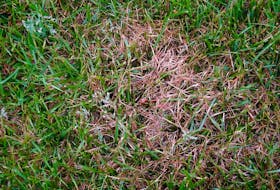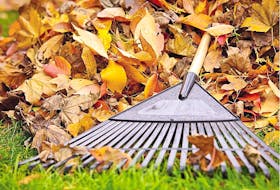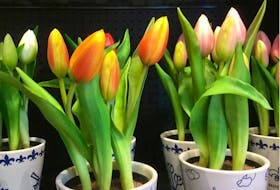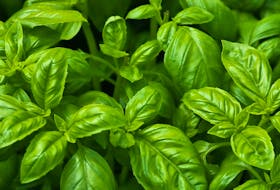COST:
$50 for the starter kit + $30 for a refill pack
EFFORT:
2 out of 5
RESULTS:
5 out of 5
For my birthday a couple of weeks ago, my sister came up with the idea of getting me a 3D pen. (I think she Googled “birthday gift ideas for crafty people who have everything.”) I was surprised and excited when I opened it, since I always love trying something new.
A 3D pen prints in three dimensions, so it’s almost like a 3D printer that you hold in your hand. Instead of ink, you load it with long coils of plastic called filaments. The pen melts the plastic and you’re able to write with it in any direction.
My pen came with filaments labelled PLA, which stands for polylactic acid. This kind of filament is made from renewable resources like corn, tapioca or sugarcane, so it’s sweet-smelling when it melts and it’s considered the more environmentally friendly 3D printing material.
(My 3D pen can also handle oil-based ABS (acrylonitrile butadiene styrene) filaments, but those supposedly produce strong fumes and aren’t as safe for home use. But that’s enough science talk!)
When I first experimented with the pen, I didn’t know how to stop the flow of plastic. It flew out of the pen in a steady stream and hardened into an ugly coil. I finally managed to switch it off, and I was holding a twisted piece of hard plastic that looked like a Barbie-sized candlestick.
On the advice of my handy husband, I watched a YouTube video and learned how the buttons worked. Sure enough, I could stop and start the flow of plastic as needed. It also ran on three speeds, so I could work slowly around a difficult part and speed up when colouring in a larger area.
The neat thing about a 3D pen is that the plastic won’t stick to paper when it melts. You can doodle right on a standard piece of printer paper and your design easily pops right off the page. I printed out a few designs to practice with — “Clarke” in cursive script, a photo of our dog and another photo of our son and daughter.
I loaded my 3D pen with white filament and slowly traced Clarke to start, going back and forth over the letters until they were filled in. Seconds later, I could pick up the whole thing and hold it in my hands — a solid piece of plastic. Cool! I decided I wanted it to be able to stand up, so I flipped it over and doodled a few blobs on the back to make little feet for it to lean back on.
Next up, I thought I’d try turning the photo of our children into a modern-looking outline. I used a black marker to trace the major lines, and then started going over everything with black filament. In the end, I realized I hadn’t needed to trace the lines with marker. I could easily see what I was tracing.
You need to be quick in order to manipulate the plastic before it dries, but it’s not like you can’t change something or redo an area. Once the plastic is dry, you can easily snip off any mistakes with a regular pair of scissors.
I gently lifted the kids’ outline off the paper after a while and it looked pretty good, but it was very fragile in a few spots. I placed it back on the photo and used the 3D pen in a few areas to make the piece stronger, like drawing pleats on our daughter’s skirt and more details on their shoes.
My final test was going to be a fully filled-in painting of our dog’s face. Switching between brown, black, tan and white filament, I traced the shapes of her face on the slowest speed and then filled them in on the highest speed. By pulling the strands of hot plastic between cooled, hardened strands, I could connect different areas and keep the whole thing stronger.
It took about an hour to complete, but I only worked on it for 10 or 15 minutes at a time. Once you unplug the pen, it cools down quickly and you can walk away from it — easily resuming your project later on. When you’re ready to use the pen again, it only takes about a minute to heat back up.
There are so many different home decor pieces you can make with a 3D pen, from vases and sculptures to coasters and holiday ornaments. I’m already planning my next 3D projects. It’s fun to have (yet another) new crafty hobby.
Heather Laura Clarke is a crafty maker who perpetually has paint smears on her hands, sawdust in her shoes and bits of thread stuck to her leggings. She lives in Truro with her husband, son, and daughter. Follow her adventures at HeathersHandmadeLife.com.
MORE MY HANDMADE HOME:








